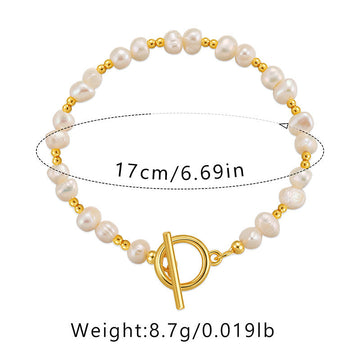The Vibrant Green Patterns of Malachite Bracelets and Their Underlying Chemical Properties
Malachite, a striking copper carbonate mineral, is celebrated for its vivid green hues and distinctive banded patterns. These natural designs, often resembling swirling waves or concentric circles, make malachite bracelets highly sought after in jewelry. Beyond its aesthetic appeal, the stone’s chemistry reveals why it forms such unique visual structures and how environmental factors influence its appearance.
The Chemical Composition Behind Malachite’s Green Color
Malachite’s intense green color stems from its copper (Cu) content, specifically copper(II) ions (Cu²⁺) within its crystal lattice. The mineral’s formula, Cu₂CO₃(OH)₂, shows that copper is central to its structure, interacting with carbonate (CO₃²⁻) and hydroxide (OH⁻) groups. This combination absorbs specific wavelengths of light, reflecting vibrant green tones while transmitting or absorbing others.
The purity and oxidation state of copper also affect color intensity. In malachite, copper exists in a stable +2 oxidation state, ensuring consistent green shades. Impurities or variations in copper concentration can lead to subtle differences, such as darker green or even blackish bands in some specimens. These variations contribute to the stone’s natural, organic patterns.
How Crystal Growth Creates Banded Patterns
Malachite’s iconic banding arises from its formation process, which occurs in oxidized copper deposits near the Earth’s surface. As copper-rich water flows through fractures in rocks, it reacts with carbon dioxide and oxygen to form malachite crystals. Over time, changes in water flow, temperature, or chemical composition alter the growth rate and orientation of these crystals.
For example, fluctuating copper concentrations can cause layers of malachite to deposit at different speeds, creating alternating light and dark bands. Interruptions in crystal growth, such as shifts in water chemistry or the introduction of foreign particles, may also produce irregular patterns. These dynamic processes ensure no two malachite bracelets have identical designs, adding to their allure.
Environmental Factors That Influence Malachite’s Appearance
The conditions under which malachite forms play a crucial role in its final appearance. High humidity and consistent water flow promote the growth of smooth, concentric bands, while arid or erratic environments may lead to fragmented or jagged patterns. Additionally, the presence of other minerals, such as azurite (a blue copper carbonate), can create striking contrasts when malachite forms alongside them.
Exposure to light and air after mining can also alter malachite’s surface over time. While the stone is relatively stable, prolonged sunlight may fade its color slightly, and acids or pollutants can damage its delicate patterns. Jewelers often apply protective coatings to mitigate these effects, preserving the bracelet’s vibrant appearance for years.
The Role of Water in Malachite’s Formation and Patterning
Water is not just a catalyst for malachite’s formation but also a sculptor of its patterns. As copper-laden water seeps through rock, it carries dissolved minerals that gradually precipitate as malachite. The movement of water determines how these minerals are deposited, with slower flows allowing for more uniform layering and faster flows creating turbulent, irregular designs.
In some cases, water interacts with pre-existing malachite layers, dissolving and redepositing material to form secondary patterns. This process, known as recrystallization, can enhance the stone’s banding or create entirely new textures. The interplay between water chemistry and crystal growth ensures that each malachite bracelet tells a unique geological story.
Malachite’s beauty lies in its ability to capture Earth’s chemical and geological processes in a single stone. From the copper ions that give it color to the water-driven patterns that define its design, every aspect of malachite reflects the dynamic forces that shape our planet. Whether worn as a statement piece or admired for its scientific significance, malachite continues to fascinate with its blend of artistry and natural science.







